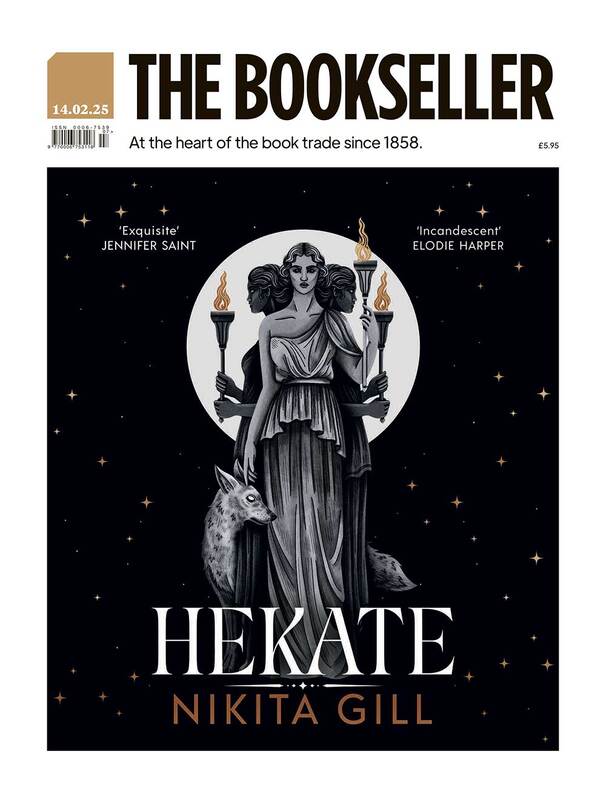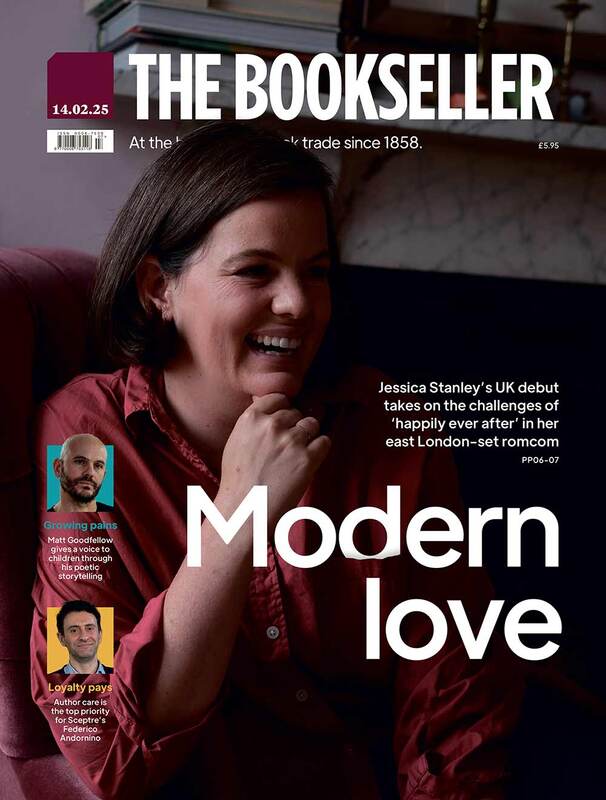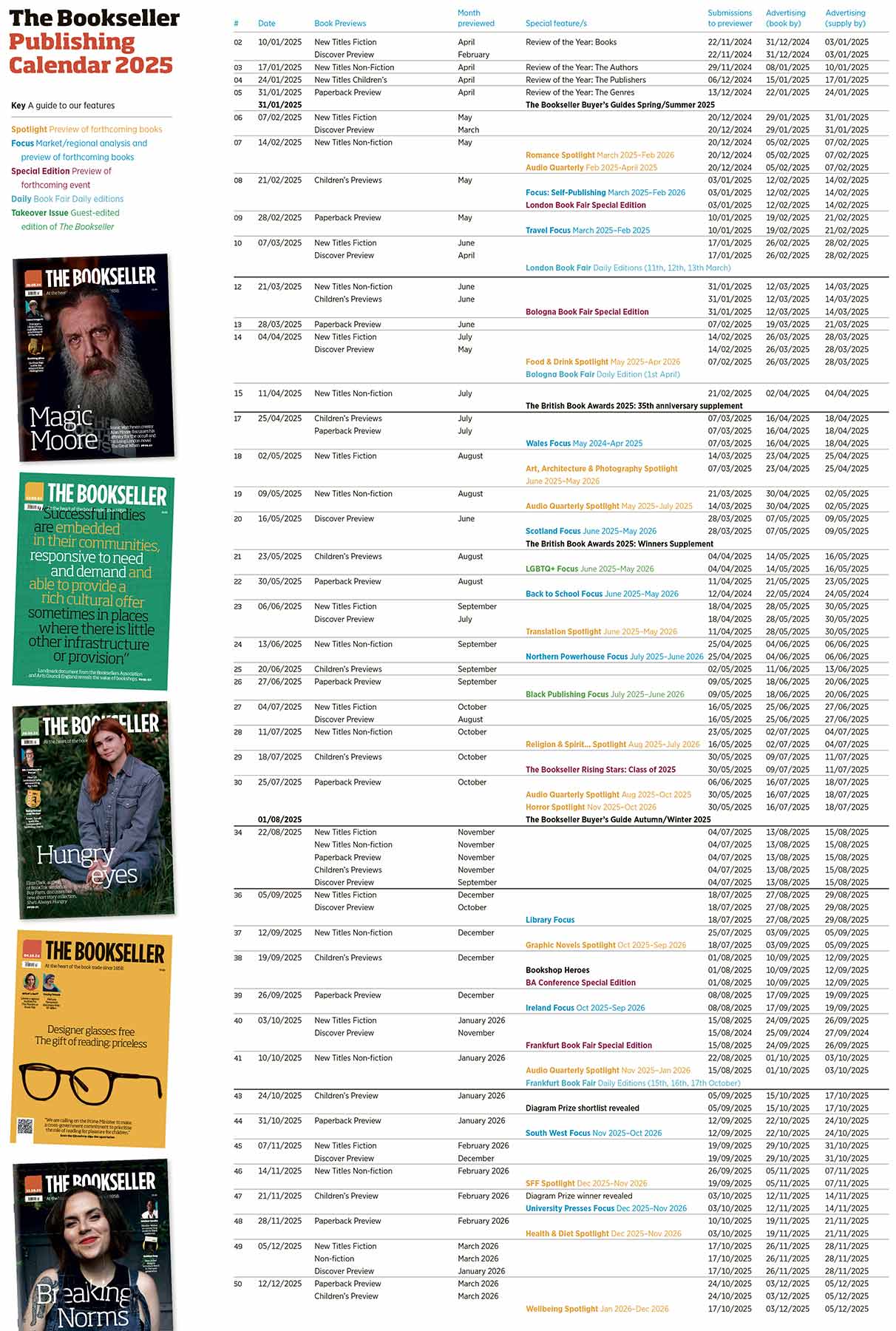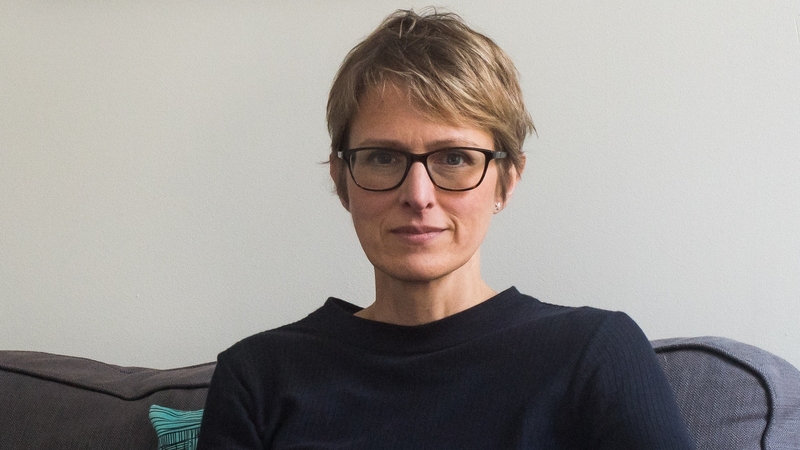You are viewing your 1 free article this month. Login to read more articles.
Oxford University Press reveals 12.6% pay gap
Oxford University Press (OUP) has revealed a 12.6% median gender pay gap, lower than the national average of 18.4%. However, the publisher's mean pay gap is above average at 24.1% (the average being 17.6%).
Meanwhile, although roughly equal percentages of the female and male workforce receive bonuses (21.3% of women, 24.7% of men), there is a big disparity in the sums involved, with a median gender bonus pay gap of 29.2% and a mean bonus gap of 42.1%.
OUP has opted to release its own data although legally only required to do so within the wider Oxford University pay gap statistics. Cambridge University Press (CUP) earlier also opted to release its own data.
Roughly a third of OUP's 6,000 employees are based in the UK, with 67.4% of them women according to the data contained in the report.
Following the pattern of other publishers, OUP's breakdown of its pay quartiles shows that women make up a progressively smaller proportion of each quartile as the pay becomes higher; however they do remain in the majority in each quartile.
Over three-quarters of staff in the bottom quartile (paid up to £25,000) are women, at 75.8%; in the next quartile (£25-31,000), women are still not far off three-quarters of the workforce (71.2%); up into the £31-41,000 quartile, the number drops slightly to 69.4%; but in the top pay quartile (staff paid £41,000 and over) the percentage of women falls back much more sharply to 53%.
Business performance has a significant impact on bonus payments received by employees and in the 2015/16 financial year from which the data is drawn, bonus payments varied across the organisation, OUP said.
The publisher said two key reasons drive the UK pay gap: having more men than women at the most senior levels of leadership, and higher market salary rates in some functions which are occupied by a higher proportion of men. To minimise the gap, OUP has "a number of initiatives" in place, including around leadership development, recruitment processes, and supporting employees through flexible working opportunities, the publisher said.
OUP chief executive Nigel Portwood commented: “We are committed to creating an inclusive working environment, and we recognize the benefits a diversity of skills and perspectives brings to OUP. Ensuring we achieve a better gender balance across our organisation and minimizing our gender pay gap is an important part of that work. While we have some initiatives in place already, there’s still more work to do and we’re beginning to explore new activities and opportunities with our staff.”
CUP has reported a 19% median pay gap. Other academic publishers which have reported their pay gaps include Elsevier, with the highest at 40%, followed by Wiley at 21.5%, Springer Nature at 15.12%, SAGE at 14.5% and Taylor & Francis at 8%.



















